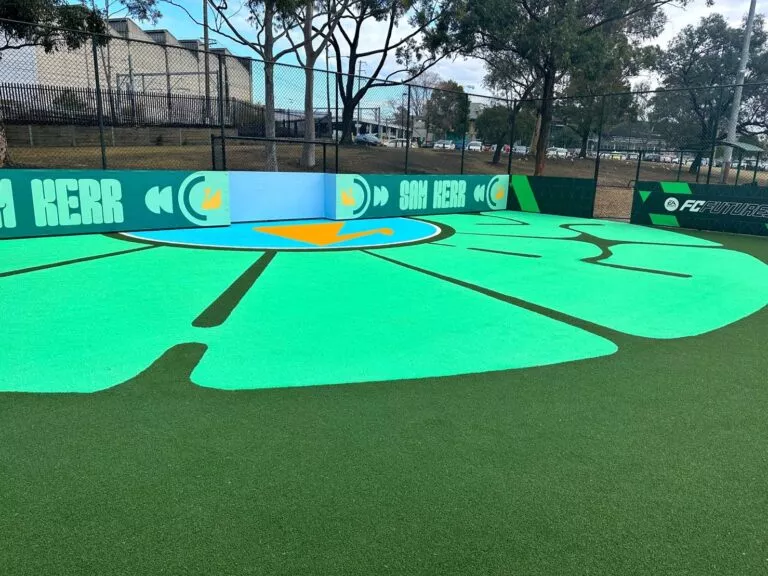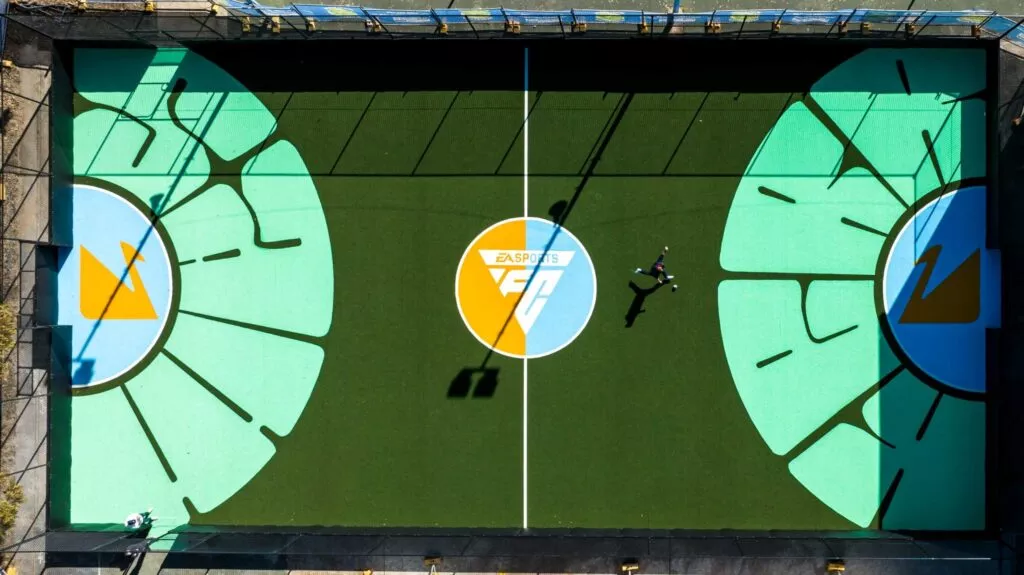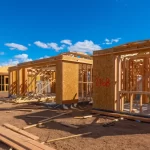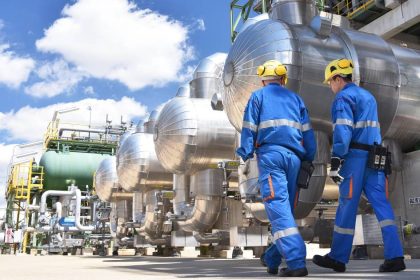The effects of an El Nino summer and the recent Far North Queensland flooding has reignited concerns about the ability of Australian sporting surfaces to handle the effects of extreme weather.
Meteorologists are warning Aussies to expect a hotter, drier summer across most of the country as the Pacific Ocean climate pattern causes the mercury to rise.
But outdoor working tradies won’t be the only ones needing a bit of sun protection this summer, with the vulnerability of natural grass sports fields likely to put a dampener on the professional and amateur game alike – just not in the form of much-needed rain.
Sports organisations are bracing to once again face the familiar challenge of managing inadequate, weather-beaten playing surfaces, with likely disruptions to sports and physical education programs as grass fields become burnt and barren.
With Australia’s weather already harsh at the best of times and climate change set to increase the frequency of extreme weather events, there is a clear need to consider building more resilient, weather-proof sporting solutions.
Many sports clubs, universities and schools are turning to artificial surfaces, offering optimal solutions to maintain uninterrupted sports opportunities all year round.
Master of Education and Southern Cross University futsal coach Tyrone Orr says more artificial surfaces would alleviate the stress of playing condition suitability and give the next generation of Aussie sports stars a competitive edge.
“For a sports-mad nation like Australia, building sporting facilities with reliable surfaces is going to be paramount if we are going to keep up our global sporting prowess,” he told Build-it.
Managing Australia’s frustrating ability to yo-yo between periods of drought and flooding rainfall isn’t the only benefit of installing artificial turf, according to Mr Orr.

Superior appearance
The outdated notion that ‘fake grass looks fake’ may have been true decades ago, but attitudes have changed alongside manufacturing technology.
Nowadays, It can be challenging to distinguish between natural grass and artificial turf, which maintains a healthy look and unchanging length year-round.
When many fields look patchy, yellow and scorched, an artificial surface will maintain its lush green glow throughout the year, presenting schools in the best possible light.
“Sports fields are often a source of pride in both education facilities and professional clubs where they attract attention from supportive parents and visiting competitors’ parents,” Mr Orr said.
Added safety
Artificial surfaces provide a consistent surface free from divots, uneven areas or compacted patches that can lead to imbalance and injury.
High-quality artificial turf fields can now be combined with a revolutionary shock-pad layer installed underneath surfaces to further aid athletic shock absorption and help prevent players from suffering injuries.
Better drainage
Drainage problems with bare patches of ground can result in muddy patches and puddles across natural turf.
Conducting just one sports lesson on too wet and muddy soil can damage the turf for the rest of the season, making the surface more compact and bare.
This can lead to safety issues and affect sports playability, with balls and equipment not bouncing or responding correctly.
The inability of artificial turf to compact means there’s no mud or puddles, and sports can continue – even in wet conditions.

Cost-effective
Lower maintenance costs mean artificial surfaces can become a money-saver in the long term, with schools saving time and cash as they no longer need to mow, weed, water, or fertilise their field.
While some maintenance is required, overall expenditures are reduced significantly, with artificial surfaces designed to last several decades.
“While often manageable, it’s always disappointing as a coach when sessions get affected by the impacts of adverse weather conditions on the playing surfaces,” Mr Orr said.
“We need to give our kids the best opportunity to excel, and artificial grass fields can help navigate these weather impacts and help achieve that.”






